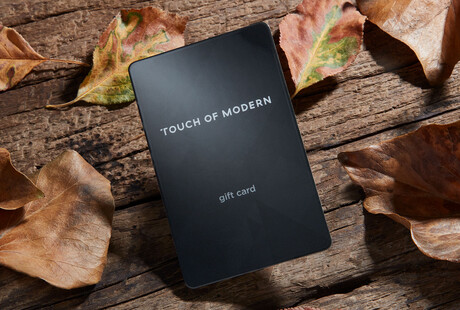Olevian Numismatic Rarities
1935A $1 WWII Emergency Issue Hawaii Note // PMG Certified Gem Uncirculated 63EPQ // Sequential Serial Number 3 Note Set
Product Description
During World War II, the potential for enemy seizure of American cash circulating in Hawaii and North Africa was a significant concern. Two emergency issues of paper money were produced with the idea that this special currency could be cancelled in the event of invasion, rendering it worthless in enemy hands. Offered here is rare a mint state set of three sequential $1 Federal Reserve Emergency Notes bearing the distinctive brown seal and bold HAWAII overprints on the front and back.
About WWII Emergency Issue Currency:
During World War II, the potential for enemy seizure of American cash circulating in Hawaii and North Africa was a significant concern to the United States government. Two emergency issues of paper money were produced that bore distinctive treasury seals and overprinting with the idea that this special currency could be cancelled in the event of invasion, rendering it worthless in enemy hands.
The circumstances surrounding the issuance of emergency currency were somewhat different in Hawaii and North Africa. After the Japanese attack on Pearl Harbor on December 7th, 1941, there was deep concern that Japan would launch a full-scale invasion and succeed in capturing Hawaii and the cash that circulated there. The solution was a special issue of notes with distinctive brown Treasury seals and black-inked HAWAII overprints on both sides. The new notes were released in July of 1942 and were the only form of paper money legal in Hawaii from August 15, 1942 until October of 1944. The Hawaii notes were issued in $1, $5, $10, and $20 denominations. The $1 notes were silver certificates, while the others were Federal Reserve Notes from the San Francisco district. All $1 Hawaii notes were dated series 1935A, while the $10 notes were dated 1934A, and the $5 and $20 notes were dated either 1934 or 1934A. Fortunately, the Japanese invasion of Hawaii never occurred and in October of 1944 all restrictions on currency circulation in Hawaii were lifted as the Allied victory appeared imminent. Later in 1944 and 1945, Hawaii notes saw use in other U.S. occupied areas in the Pacific and remained legal tender after the war.
A similar situation occurred in North Africa and Southern Europe. Under the direction of General Dwight D. Eisenhower, Allied forces launched an extensive military action against the Vichy French in North Africa on November 8th, 1942 known as Operation Torch. The U.S. soldiers who fought in this campaign were paid in cash. To avoid enemy confiscation of American money, a special series of silver certificates was issued for payment to military personnel. These notes bore a unique yellow seal and were the only silver certificates to ever feature this color. Unlike the emergency notes issued in Hawaii, the North Africa notes were otherwise not explicitly marked. Furthermore, whereas the Hawaii notes were printed for circulation among the civilian population, the North Africa notes were distributed only to the military. If seized by Axis powers, these special notes could have been cancelled immediately and rendered worthless. The North Africa notes were issued in $1, $5, and $10 denominations. All $1 notes were dated series 1935A, while the $5 notes were dated 1934A, and the $10 notes were dated either 1934 or 1934A. The success of Operation Torch was a major turning point in the War, as it removed Axis control over the large North African oil reserves and provided the Allies with a base to launch their offensive into Southern Europe, where the yellow seal notes were again used during the Sicilian campaign of 1943.
Many soldiers returning home from the Pacific and North African theaters brought the unusual brown and yellow seal notes back to the mainland as souvenirs. Today, these scarce emergency issues remain important economic artifacts from World War II that serve as an enduring and tangible reminder of a time of profound crisis and world conflict.
Product Details
- Measurements
8"L x 4.25"W x .1"H
- OriginUnited States
— Series: 1935A
— Type: Federal Reserve Note
— Size: Small
— Denomination: $1
— Signature: Julian-Morgenthau
— Friedberg Number: FR2300
Quality Assurance:
The product offered for sale in this listing has been certified by one or more professional certification services, so you can be confident in the authenticity and stated condition.
Shipping Information
-
Shipping AvailabilityUnited States
-
Shipping PolicyStandard Ground Shipping
-
Ship In3-4 weeks ⓘ
-
Return PolicyFinal sale, not eligible for return or cancellation


























































 .
.